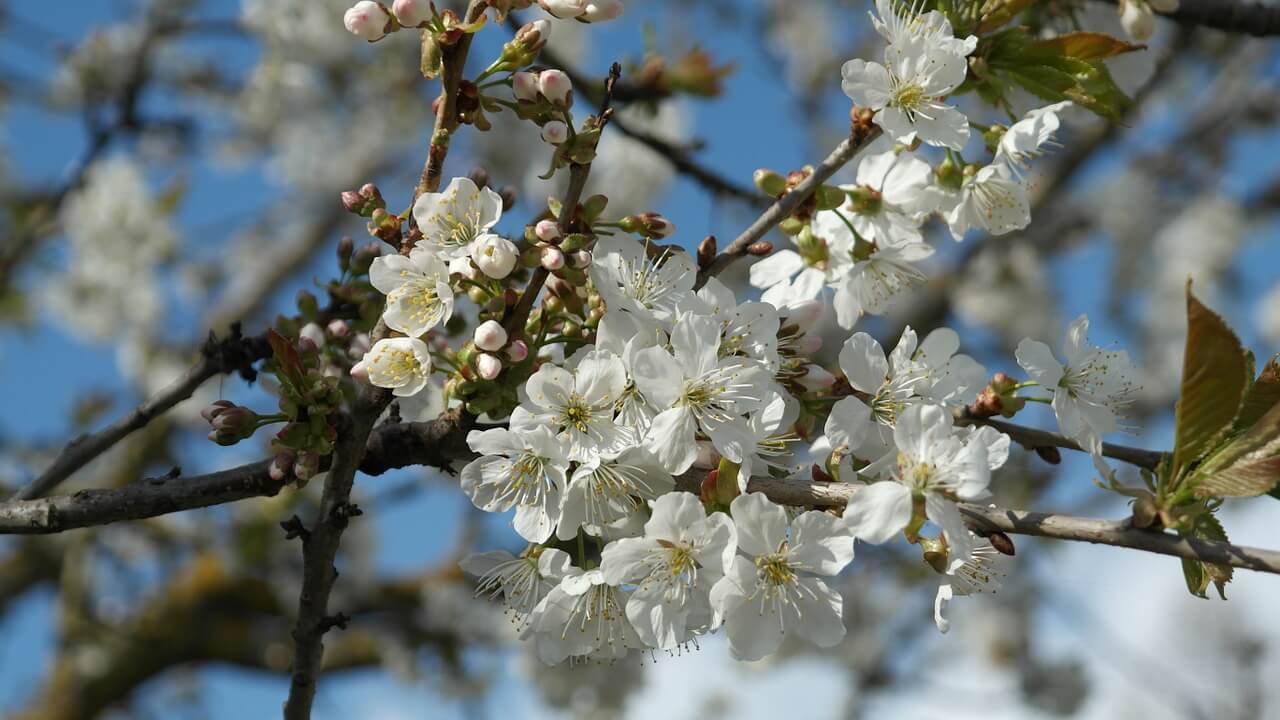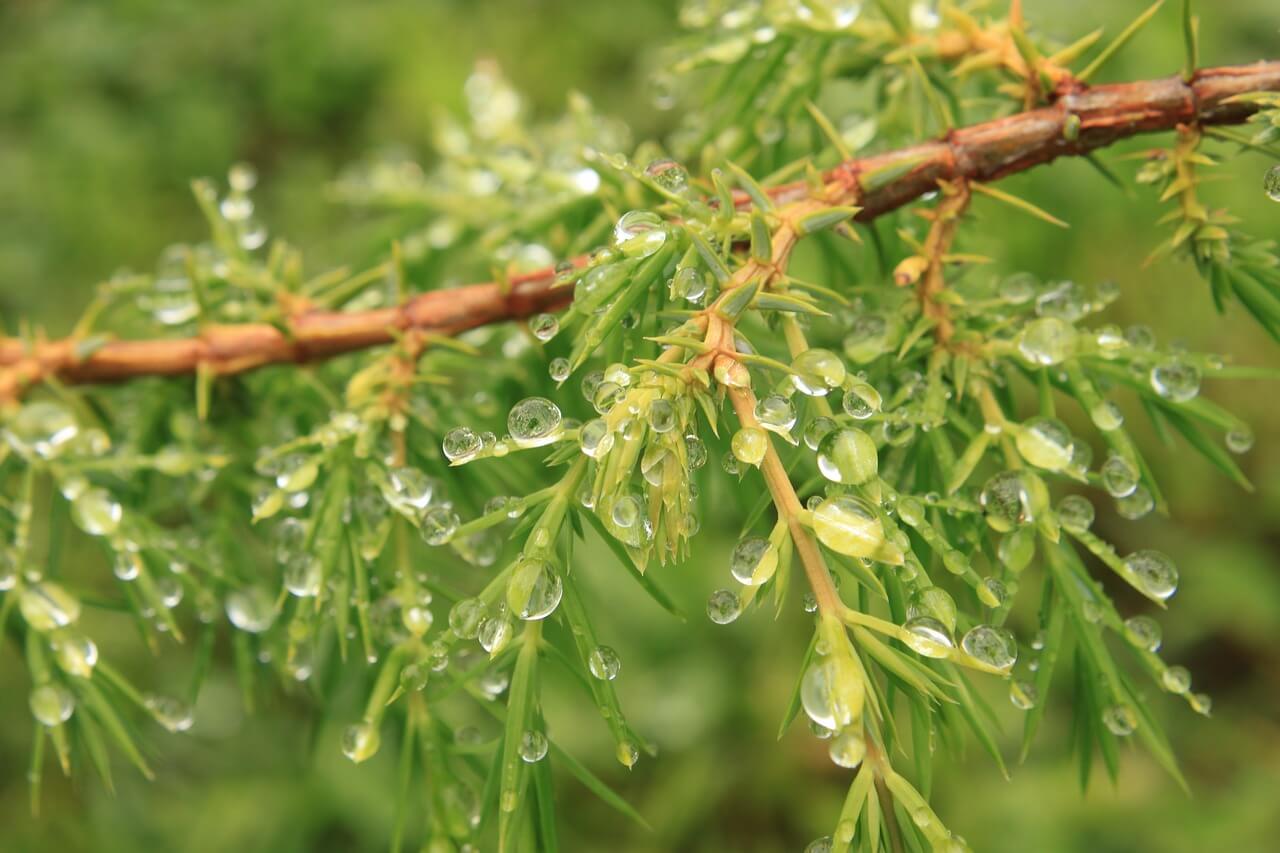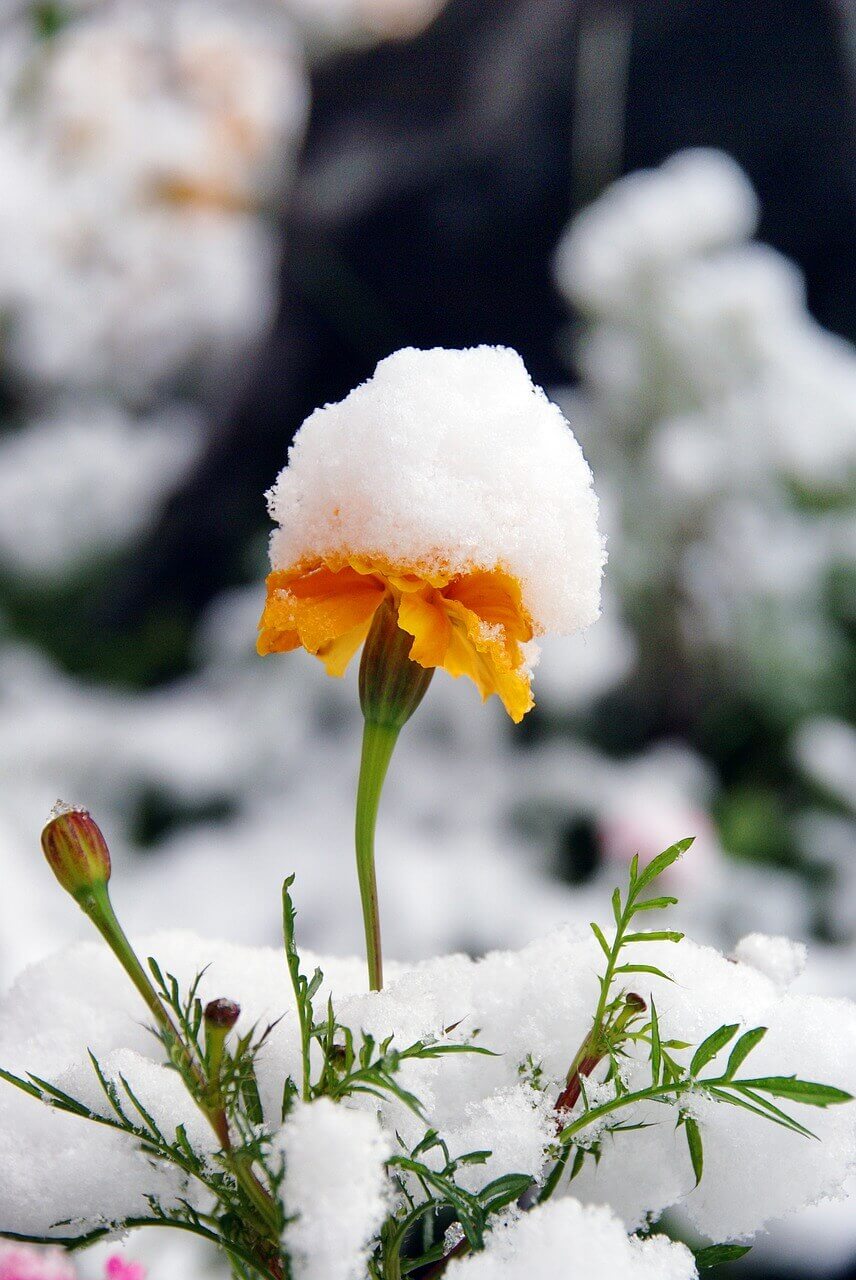The practice of pruning is integral to tree and shrub health, as we all are aware, but it is especially important for newly planted trees. To ensure your trees and shrubs in Denver maintain their optimal health as they develop and form, make sure you are following a regular pruning schedule to shape the growth into a healthy spread of branches and a wide-reaching breadth of the tree overall. When you keep a tree properly pruned, the structure of the tree is strengthened overall, making winter storms less likely to cause breakage of branches and fallen parts.
Best Practices for Pruning Ornamental or Fruit Trees
For fruit and ornamental trees in the Denver area, pruning branches aids in allowing the flowers and fruits to develop in the strongest and, if we may say, most fruitful areas of the tree and force the growth of some of the new sprouts to the areas you want. It also helps to ensure the fruit and flowers do not get overcrowded in any particular area, as it typically enhances visibility of the branches, thus allowing for more of the sun’s nutrients to reach all of the leaves. Use the resources available to you through your local Denver tree service to determine your pruning needs before spring is over. This will ensure your trees produce the best fruit possible during the season.
When Should You Schedule Pruning?
Early spring is the perfect time to take care of pruning your ornamental or fruit trees and shrubs. Why is this the optimal time? Generally, new growth of foliage has yet to begin on trees or shrubs, and this allows your tree service to see all of the branches clearly and more accurately determine how much pruning should occur. Another major reason for taking care of this task in the early spring months is of course, the weather. When trees are less likely to undergo a freeze in subzero temperatures, they are less likely to experience damage from a freeze. The warmer weather also helps encourage new growth after pruning.
Get the Best Results
Consider the time of year your tree or shrub flowers – the professionals will guide you in the right direction, but it is important that you do not prune directly before your tree flowers. If your tree normally produces flowers during the summer months, then spring pruning will be a perfect practice.
Winter Pruning Discount Available Until March 31st!
We encourage the proper management of ornamental or fruit trees and shrubs. During the months of January through March 31st, American Arbor Care offers our 10% winter pruning discount. Take advantage of this offer and schedule your pruning services during the early spring months of late February and March and make sure you have the best flowers and fruit at your disposal this summer! Apply this discount to all your trees and plants which may need pruning and start out your season with savings. Call the team at American Arbor Care at 303-639-8584 to learn more or to get your needed maintenance scheduled.




